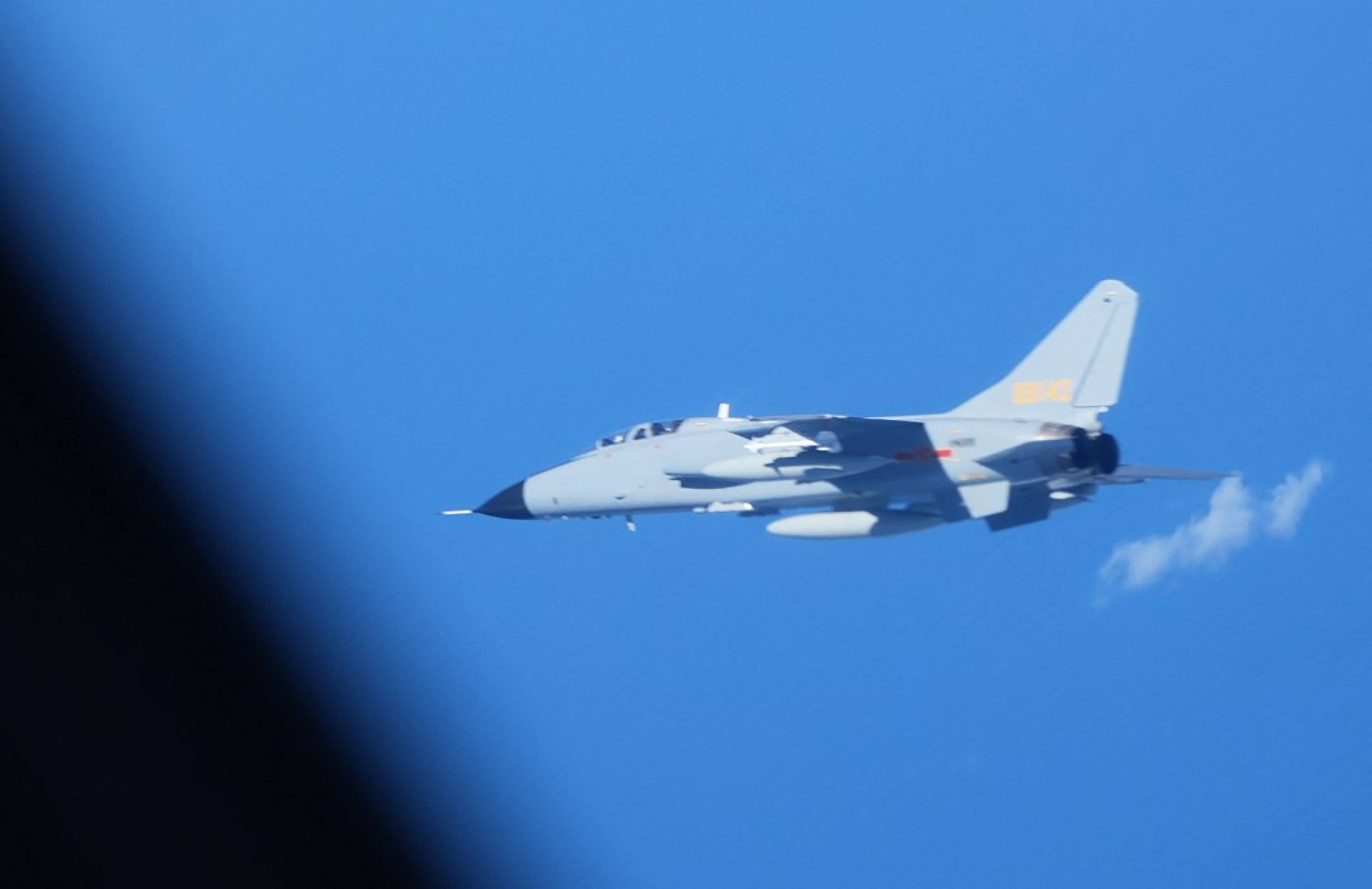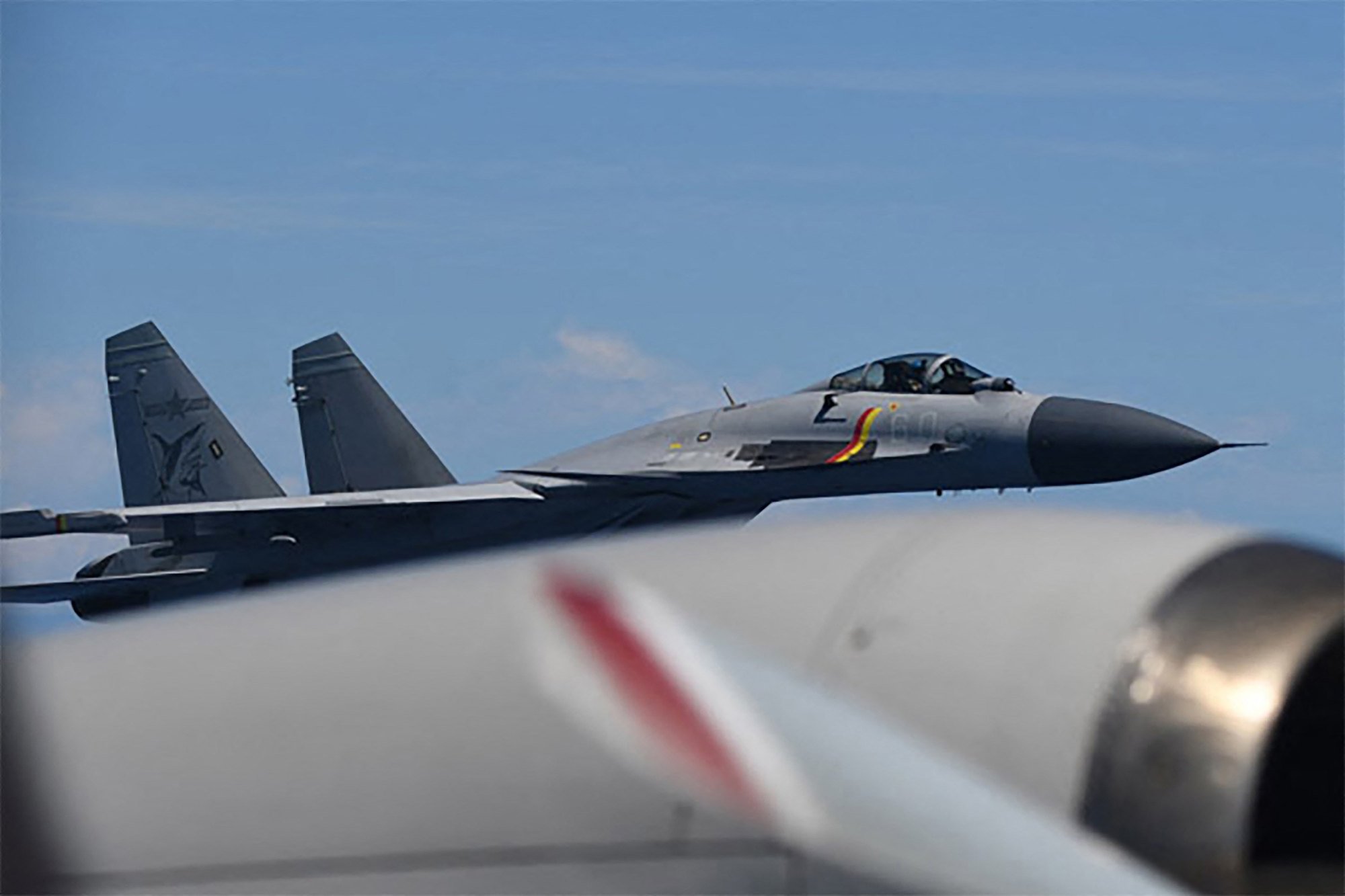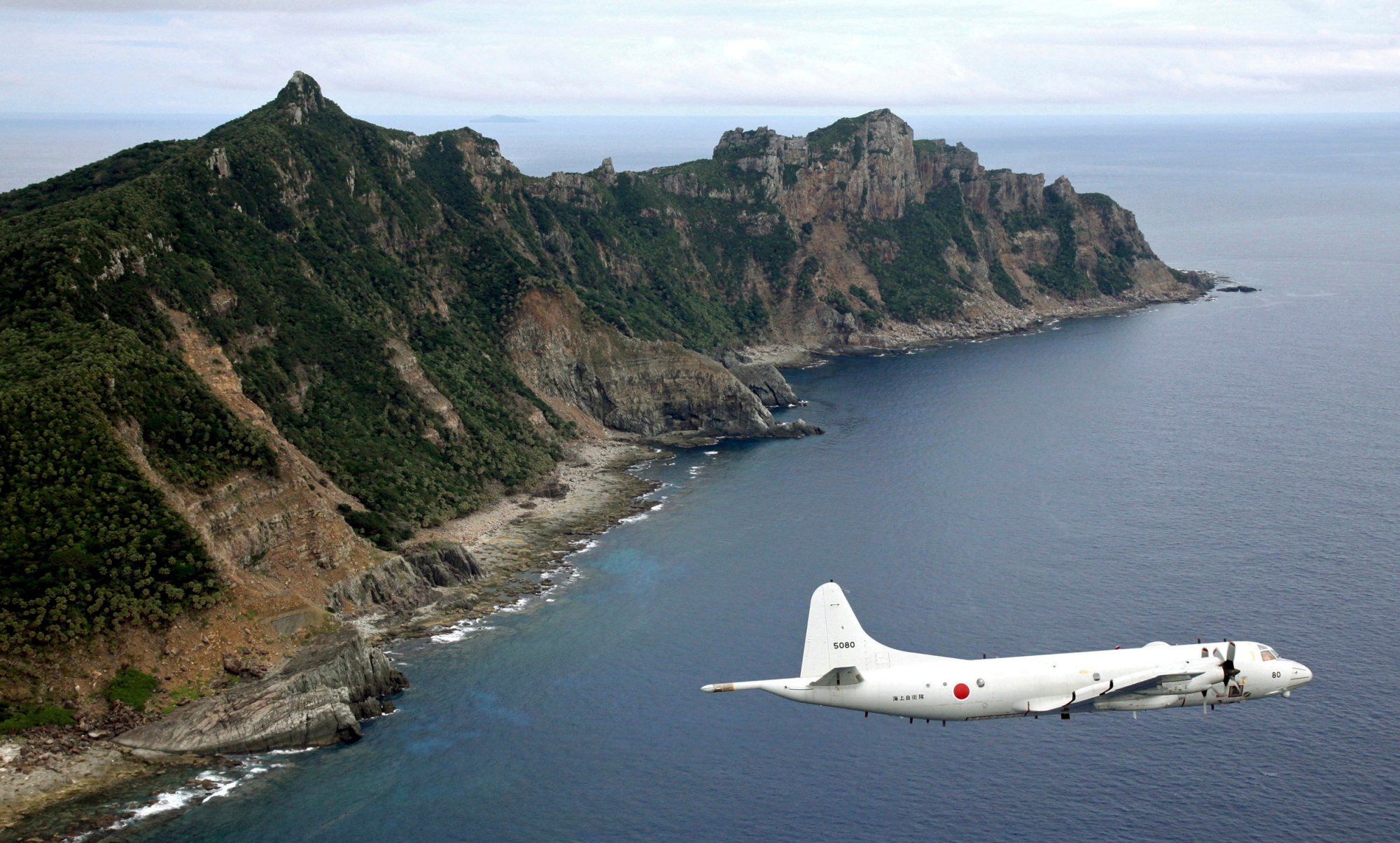‘Pattern emerging’: is China intentionally provoking Japan with close fly-bys?
Such moves signal to Japan that China is willing to monitor and challenge Japanese activities in areas it considers to be its territory, analysts warn

Tokyo has expressed “serious concerns” to Beijing after a Chinese fighter jet came close to a Japanese aircraft operating in international airspace over the East China Sea on two occasions this week, with analysts suggesting that a pattern is emerging of China being increasingly willing to challenge Japan at sea and in the air.
According to Japan’s Defence Ministry, a Chinese JH-7 fighter-bomber flew within 70 metres of an Air Self-Defence Force YS-11EB electronic surveillance aircraft on Wednesday and maintained that position for about 15 minutes. A similar approach took place the following day and lasted about 10 minutes.
Tokyo lodged a formal protest with Beijing on Thursday, calling the behaviour “abnormal” and warning that such close contact risked “accidental collisions”. It urged Chinese authorities to take steps to prevent a repeat of the incidents.
The encounters came just a month after Tokyo protested against another “abnormal approach” by a Chinese fighter jet – this time launched from the aircraft carrier Shandong – towards a Japanese P-3C maritime patrol aircraft monitoring Chinese naval manoeuvres over the Pacific Ocean.

Analysts say the incidents reflect a longer-term shift in China’s regional posture.
“China is attempting to create a new status quo in the region and these are emerging long-term trends in Chinese security and defence policy,” said Masayuki Masuda, director of Chinese studies at the Ministry of Defence’s National Institute for Defence Studies in Tokyo.
President Xi Jinping “gave a clear order” about two years ago for the Chinese armed forces to “step up what they term ‘law enforcement’ activities around the [Diaoyu] Islands in the East China Sea in order to reinforce Beijing’s claims”, Masuda told This Week in Asia.
The islands, also known in Japan as the Senkakus, are presently controlled by Tokyo but are claimed by China. As well as operating aircraft in areas around the islands, Chinese coastguard vessels maintain an almost permanent presence within Japanese territorial waters or in the surrounding contiguous zone.
“Using the Chinese navy and air force is a way of sending a signal to Japan that Beijing is willing to monitor and challenge Japanese activities in areas that are close to China or that it considers to be its own territory,” he said.
And while it is common and perfectly acceptable for nations’ armed forces to keep a close eye on their rivals, international law and common sense dictate that such monitoring should be done at a safe distance, according to Masuda.
“This is not professional behaviour by the Chinese side,” he said. “Acting like this causes concern among Japanese personnel, although we have obviously seen such actions before against US and Australian aircraft in the South China Sea and elsewhere.”

Garren Mulloy, a professor of international relations at Daito Bunka University and a specialist in military issues, agrees that a “pattern is emerging” of a greater number of confrontations and over a larger geographical area.
“It used to be around the Senkaku Islands, but it is happening now in a far broader area, including close to Okinawa prefecture and close to other Japanese islands in the Pacific Ocean,” he said. “We are also seeing China and Russia carrying out joint air and naval exercises in areas around the Japanese archipelago.”
Unhandled type: inline-plus-widget {“type”:”inline-plus-widget”}
Increased confrontations would inevitably mean a greater chance of accidents occurring, he said, pointing to the April 2001 incident off the Chinese island of Hainan when a US Navy EP-3 signals intelligence aircraft collided with a Chinese J-8 interceptor.
The Chinese pilot was killed when his jet crashed at sea, while the US aircraft was able to make an emergency landing at an air base on Hainan, where its crew was detained for 10 days before the crisis was defused.
An incident over the East China Sea could potentially be worse, Mulloy said.
“That is a large expanse of water with very few places for a damaged aircraft to land and it is therefore difficult for search-and-rescue teams to operate in, so an accident could very well end up with fatalities,” he said.
China is aiming to erode Japan’s legitimacy over the territoryGarren Mulloy, specialist in military issues
Still, he anticipates that such close encounters will continue in the future, and potentially become even more frequent.
“China is doing this for multiple reasons, including to challenge Japan’s ability to govern its maritime and air spaces in areas of the East China Sea that Beijing disputes,” he said. “China is aiming to erode Japan’s legitimacy over the territory.”
Beijing’s military is also keen to determine response time and capabilities in the event of a clash or intrusion, as well as taxing Japanese military hardware and crews to reduce their efficiency, according to Mulloy.
While Beijing’s message is also in part aimed at Washington at a time when the United States’ relationships with long-term allies are at a low ebb due to trade and tariff disputes, Masuda says China’s confrontations have been on a rising trajectory for some years.
“I see this more as a message to US forces in the Indo-Pacific, that the Chinese military is able to operate largely at will in the region, rather than an attempt to drive a wedge between the two allies,” he said.